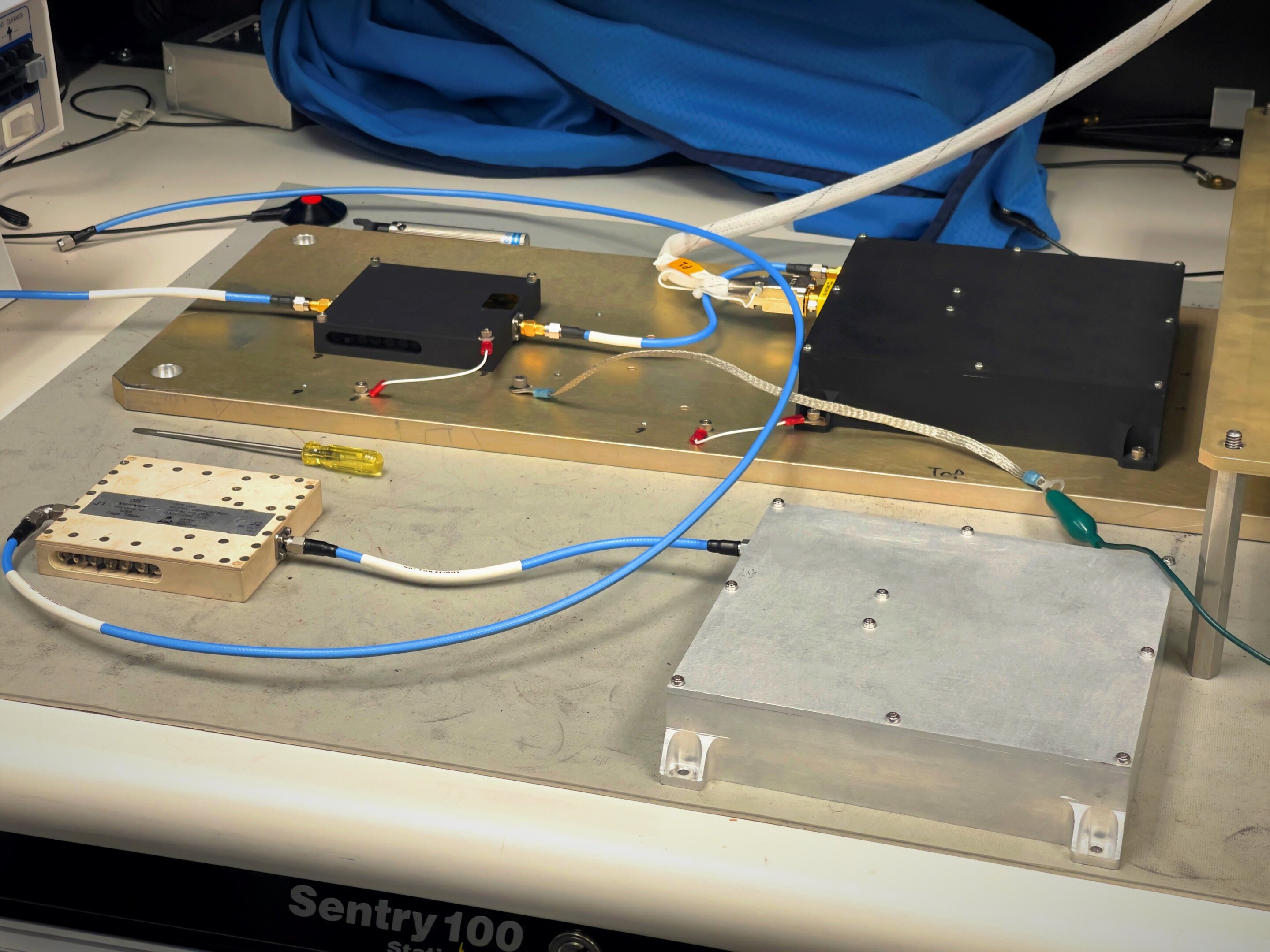
NASA's New Navigation Capability for Lunar Missions
NASA is gearing up for a new lunar mission that will test a powerful new navigation capability on the moon using Earth's Global Navigation Satellite System (GNSS). The new technology is designed to enable more precise and reliable positioning, navigation, and timing for future lunar exploration missions. In this article, we will explore the details of this exciting new mission and what it means for the future of lunar exploration.
The Need for More Accurate Lunar Navigation
One of the biggest challenges of lunar exploration is navigation. The moon's surface is rocky and uneven, with deep craters, mountains, and valleys that can make it difficult to determine a spacecraft's precise location. This makes it challenging to land safely and accurately, especially in areas of scientific interest, such as the lunar poles.
To address this challenge, NASA is developing new navigation technologies that leverage Earth's GNSS. GNSS is a network of satellites that orbit Earth and provide precise positioning and timing information to users around the world. By using GNSS signals to navigate in space, spacecraft can achieve much greater accuracy than traditional navigation methods.
Also Read:
The Lunar Navigational Aid Demonstration (LAND) Mission
The new navigation capability will be demonstrated on NASA's Lunar Navigational Aid Demonstration (LAND) mission. LAND will deploy and demonstrate navigation aids on the lunar surface, including GNSS receivers and laser reflectors. These navigation aids will be used to demonstrate precise and reliable positioning, navigation, and timing for future lunar missions.
One of the key objectives of the LAND mission is to demonstrate the use of Earth's GNSS for lunar navigation. This will be the first time that GNSS has been used for lunar navigation, and it has the potential to revolutionize the way that lunar missions are conducted. By leveraging Earth's GNSS, NASA can reduce the cost and complexity of lunar navigation, while also improving the accuracy and reliability of spacecraft positioning.
The LAND mission will also test a new lunar surface power system that uses commercial off-the-shelf (COTS) hardware. The new system is designed to provide power to the navigation aids on the lunar surface, as well as other scientific instruments and equipment. By using COTS hardware, NASA can reduce the cost and development time of lunar surface power systems, while also increasing their reliability and flexibility.
Collaboration with Commercial Partners
The LAND mission is being developed in collaboration with commercial partners, including Astrobotic and Advanced Navigation and Positioning Corporation (ANPC). Astrobotic is providing the lunar lander for the mission, while ANPC is providing the GNSS receivers and other navigation equipment.
Collaborating with commercial partners is a key part of NASA's strategy for lunar exploration. By working with commercial partners, NASA can leverage their expertise and resources to develop new technologies and capabilities more quickly and at a lower cost than would be possible using traditional government-led development approaches.
Conclusion
NASA's new navigation capability for lunar missions represents a significant step forward in the development of lunar exploration technologies. By leveraging Earth's GNSS, NASA can improve the accuracy and reliability of lunar navigation, while also reducing the cost and complexity of spacecraft positioning. The LAND mission will demonstrate this new capability on the lunar surface, using commercial off-the-shelf hardware and in collaboration with commercial partners. We look forward to seeing the results of this exciting mission and the impact it will have on the future of lunar exploration.
Read More:
That's it for this article.
Thanks for Visiting Us – fixyanet.com
